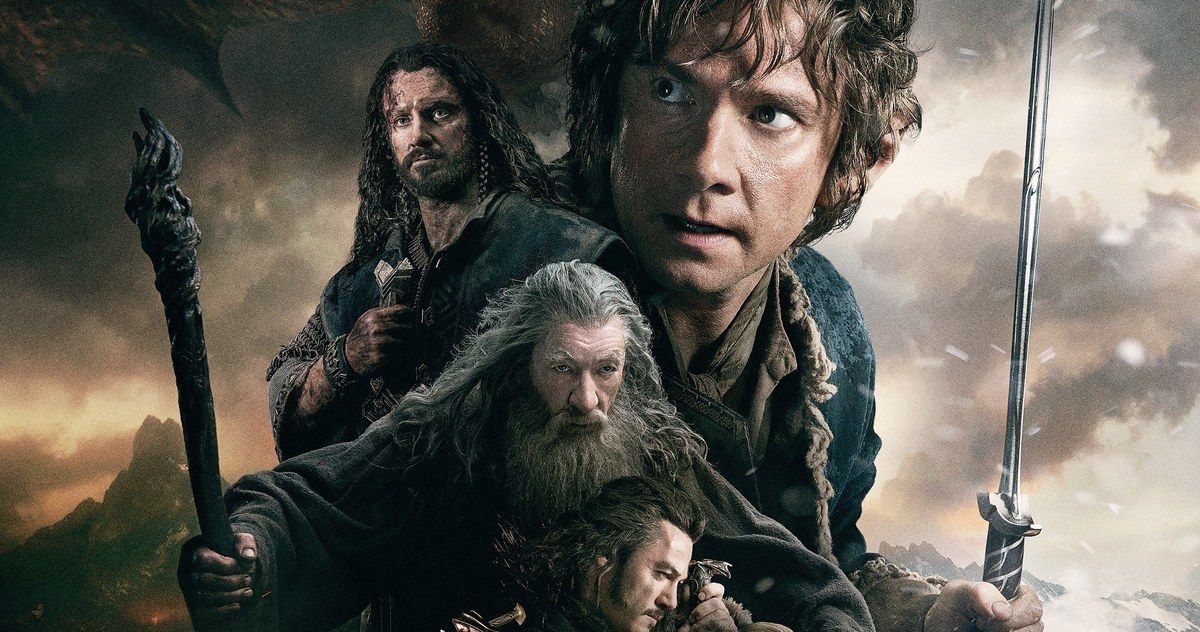Next weekend, director Peter Jackson's Middle Earth saga comes to a close with the final Hobbit movie, The Hobbit: The Battle of The Five Armies. While these epic adventures do quite well in theaters, with The Hobbit: An Unexpected Journey and The Hobbit: The Desolation of Smaug grossing nearly $2 billion worldwide combined, many fans look forward to the subsequent extended editions, to pore over the extra footage that wasn't included in the theatrical cut. Director Peter Jackson revealed in an interview with IndieWire that there will be 30 minutes of new footage in The Hobbit: The Battle of The Five Armies extended edition.
"The extended cut, which will be about 30 minutes longer, will have some additional Beorn stuff."
Mikael Persbrandt plays Beorn, the shapeshifting man who first appeared in last year's The Hobbit: The Desolation of Smaug. Ironically enough, The Hobbit: The Battle of The Five Armies is the shortest movie in the trilogy at 144 minutes, despite a final battle sequence that spans 45 minutes. Even with the 30 minutes of new footage, the extended edition will still be the shortest of not only the Hobbit extended cuts, but all of the Lord of the Rings extended versions as well.
The filmmaker also commented on his somewhat controversial choice to film this trilogy in 48 frames per second, which hasn't been received that well by a segment of his fan base. Still, Peter Jackson defended his use of the high frame rate technology, while revealing that he tweaked the last two movies after The Hobbit: An Unexpected Journey was criticized. Take a look at what the director had to say below.
"I just think it's a much better way to see films. After the first 'Hobbit' film, I found out a lot of tricks to make it look less like video. I understood the criticisms. So the second and third movies have a slightly more textured look. I regret more people didn't see them like that. 100 years ago movies were black-and-white, silent, and 16 frames a second. So 100 years from now, what are they going to be now? But you can absolutely guarantee that they're not going to be 24 frames a second and they're not going to be 2D. And ultimately the audiences for movies are beginning to dwindle that it's becoming a very serious issue for the industry. The industry has to have the audience in order to make these films. So it's a serious thing - how do you get people to leave their houses and go to the theater? I think it's important that filmmakers look at the technology and figure out how to make the theatrical experience a little more exciting."

